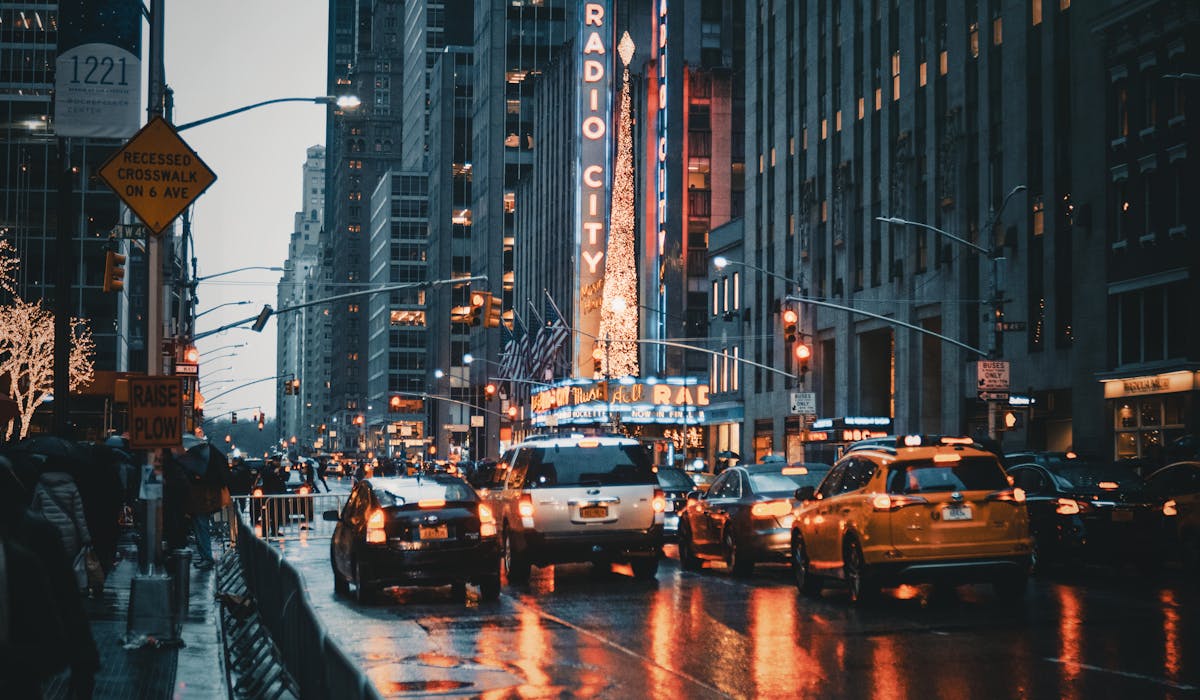Framing Streets - The Facts
Framing Streets - The Facts
Blog Article
Framing Streets Can Be Fun For Anyone
Table of ContentsRumored Buzz on Framing StreetsHow Framing Streets can Save You Time, Stress, and Money.Excitement About Framing StreetsLittle Known Facts About Framing Streets.Some Known Incorrect Statements About Framing Streets Framing Streets Can Be Fun For Anyone
Photography genre "Crufts Pet Program 1968" by Tony Ray-Jones Road photography (likewise occasionally called candid digital photography) is digital photography performed for art or questions that includes unmediated chance encounters and arbitrary cases within public areas, generally with the purpose of capturing images at a definitive or emotional moment by cautious framework and timing. 
, who was influenced to embark on a similar documents of New York City. As the city created, Atget helped to promote Parisian roads as a deserving topic for digital photography.

All about Framing Streets
Martin is the initial taped photographer to do so in London with a masked video camera. Mass-Observation was a social research organisation established in 1937 which aimed to tape-record everyday life in Britain and to tape the reactions of the 'man-in-the-street' to King Edward VIII's abdication in 1936 to wed divorce Wallis Simpson, and the succession of George VI. The principal Mass-Observationists were anthropologist Tom Harrisson in Bolton and poet Charles Madge in discover this info here London, and their very first record was generated as guide "May the Twelfth: Mass-Observation Day-Surveys 1937 by over 2 hundred observers" [] Home window cleaner at Kottbusser Tor, Berlin, by Elsa Thiemann c. 1946 The post-war French Humanist Institution photographers discovered their subjects on the street or in the restaurant. Between 1946 and 1957 Le Groupe des XV every year showed work of this kind. Andre Kertesz. Circus, Budapest, 19 May 1920 Road digital photography formed the major web content of two exhibitions at the Museum of Modern Art (Mo, MA) in New York curated by Edward Steichen, 5 French Photographers: Brassai; Cartier-Bresson, Doisneau, Ronis, Izis in 1951 to 1952, and Post-war European Photography in 1953, which exported the idea of road photography globally.

Unknown Facts About Framing Streets
The recording machine was 'a concealed camera', a 35 mm Contax hidden underneath his coat, that was 'strapped to the upper body and linked to a long cord strung down the ideal sleeve'. Nevertheless, his work had little modern effect as due to Evans' level of sensitivities concerning the creativity of his job and the privacy of his topics, it was not released up until 1966, in guide Several Are Called, with an introduction written by James Agee in 1940.
Helen Levitt, then a teacher of kids, related to Evans in 193839. She recorded the transitory chalk illustrations - 50mm street photography that became part of youngsters's street culture in New York at the time, in addition to the kids that made them. In July 1939, Mo, MA's brand-new photography section consisted of Levitt's job in its inaugural exhibitRobert Frank's 1958 publication,, was significant; raw and usually out of focus, Frank's pictures examined conventional photography of the moment, "tested all the official guidelines put down by Henri Cartier-Bresson and Walker Evans" and "flew in the face of the wholesome pictorialism and wholehearted photojournalism of American publications like LIFE and Time".
Report this page